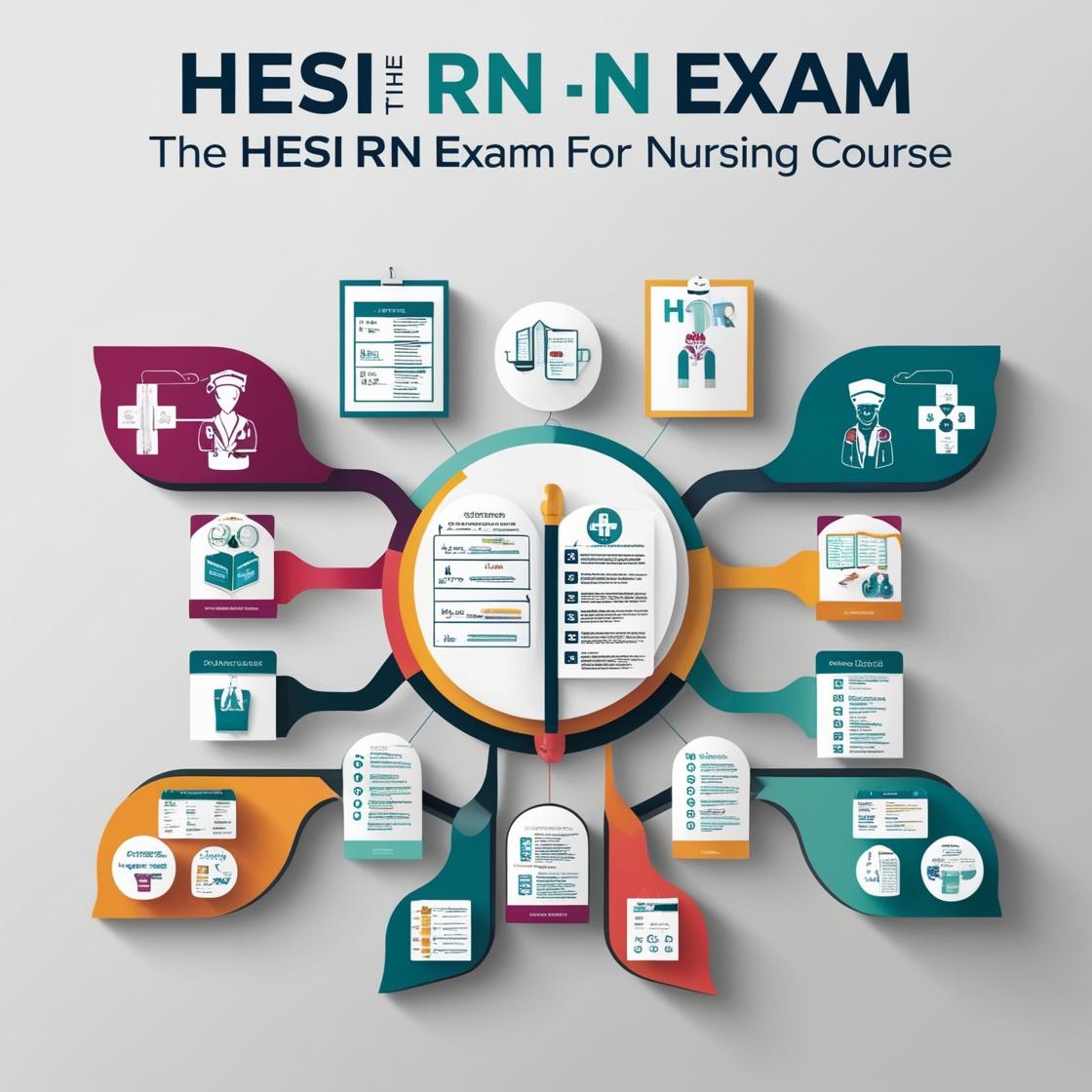HESI RN
Reproductive System Exam Questions
1. What lines the uterus?
- A. Endometrium.
- B. Myometrium.
- C. Perimetrium.
- D. Glandular tissue.
Correct answer: A
Rationale: The correct answer is A, Endometrium. The endometrium is the inner lining of the uterus where the fertilized egg implants and develops during pregnancy. Myometrium (Choice B) is the middle layer of the uterus consisting of muscle tissue. Perimetrium (Choice C) is the outer layer of the uterus. Glandular tissue (Choice D) is a broad term referring to tissue containing glands, but it does not specifically line the uterus.
2. What is the most important factor in ensuring accessibility in reproductive health services?
- A. Ensuring that primary health care (PHC) services are available within a reasonable distance.
- B. Requiring patients to access multiple services to get the care they need.
- C. Providing reproductive health services only to those who can afford it.
- D. Providing health services only in urban areas.
Correct answer: A
Rationale: The correct answer is A: Ensuring that primary health care (PHC) services are available within a reasonable distance. Accessibility in reproductive health services is crucial for ensuring that individuals can easily access the care they need. Option B is incorrect because requiring patients to access multiple services can create barriers to care. Option C is incorrect as accessibility should not be limited based on financial means. Option D is incorrect because healthcare services should be available in both urban and rural areas to reach a wider population.
3. The endometrial tissue of the cervix is arranged in folds known as:
- A. Racemose glands
- B. Rugae
- C. Arbor vitae
- D. Peritoneum
Correct answer: B
Rationale: The endometrial tissue of the cervix is arranged in folds known as rugae, not Arbor vitae. Rugae are commonly found in anatomical structures like the stomach and bladder to allow expansion. Choices A, C, and D are incorrect. Racemose glands refer to branched compound glands, Arbor vitae is the tree-like appearance of the cerebellum, and Peritoneum is the serous membrane lining the abdominal cavity.
4. During an ectopic pregnancy, what is the likelihood of a rupture in the ampullary portion of the tube?
- A. Frequent
- B. Uncommon
- C. Occasional
- D. Never
Correct answer: A
Rationale: During an ectopic pregnancy, a rupture in the ampullary portion of the tube is frequent. This is due to the increased pressure within the fallopian tube as the embryo grows, leading to the rupture of the tube. Choices B, C, and D are incorrect as they do not accurately describe the common occurrence of rupture in this specific part of the tube during an ectopic pregnancy.
5. Which of the following is an example of an oviparous animal?
- A. Pigeon
- B. Elephant
- C. Sheep
- D. None of the above
Correct answer: A
Rationale: The correct answer is A: Pigeon. Oviparous animals are those that lay eggs, and pigeons fall under this category. Choice B, Elephant, is incorrect because elephants are viviparous, giving birth to live young. Choice C, Sheep, is also incorrect as sheep are viviparous animals. Choice D, None of the above, is not the correct answer as a pigeon is indeed an example of an oviparous animal.
Similar Questions

Access More Features
HESI RN Basic
$69.99/ 30 days
- 50,000 Questions with answers
- All HESI courses Coverage
- 30 days access @ $69.99
HESI RN Premium
$149.99/ 90 days
- 50,000 Questions with answers
- All HESI courses Coverage
- 30 days access @ $149.99
